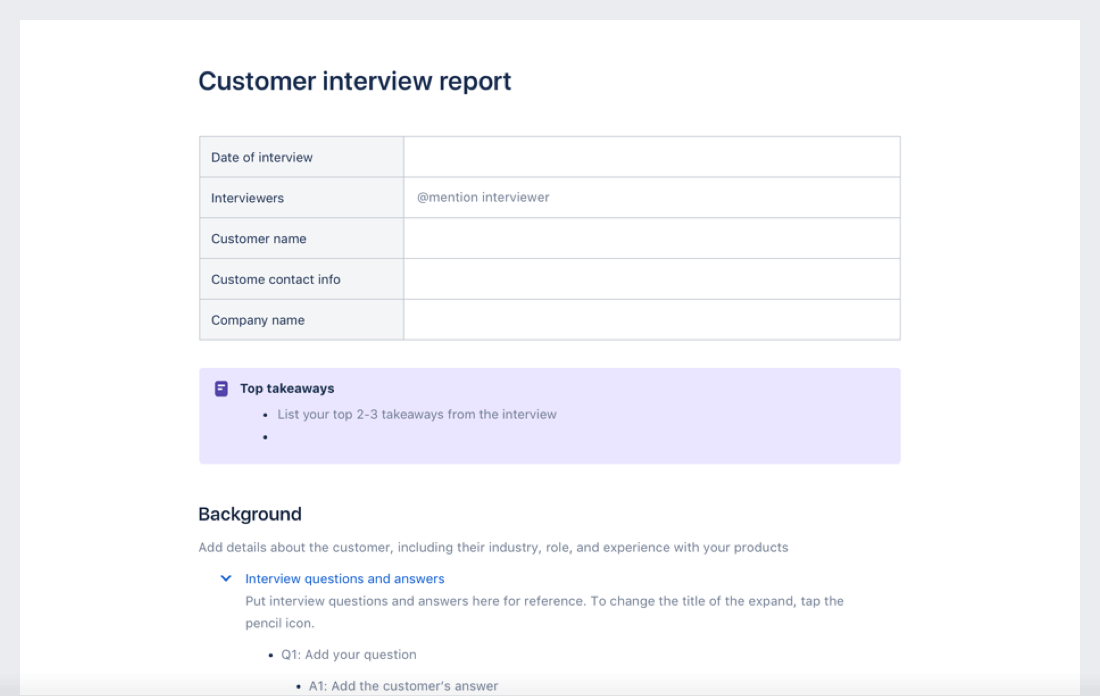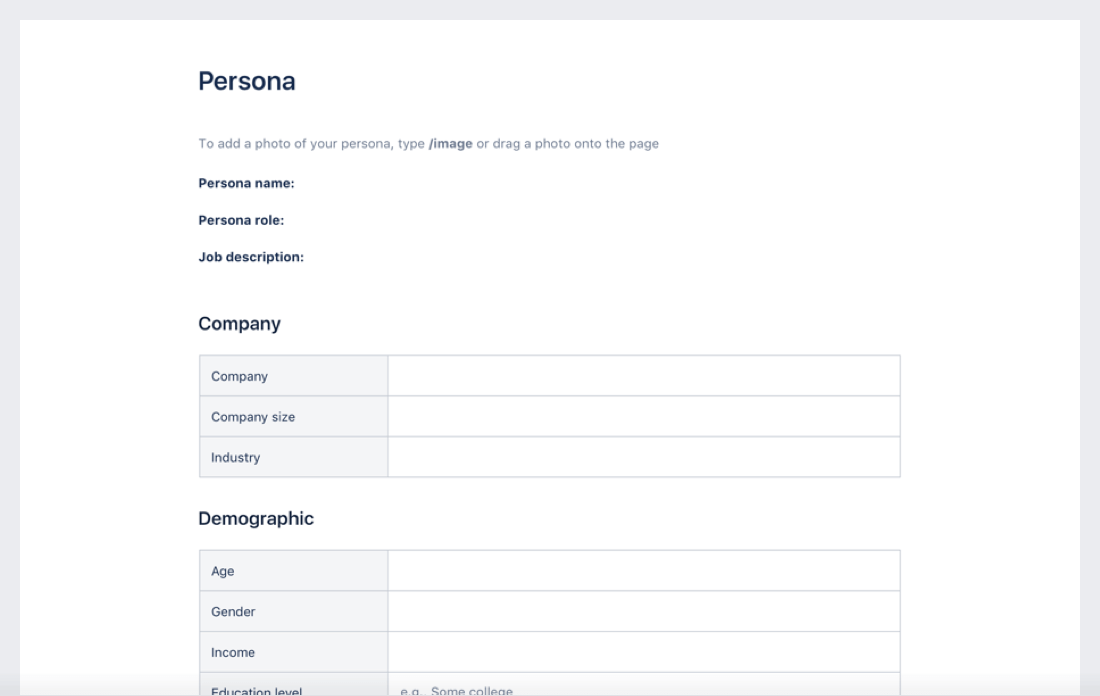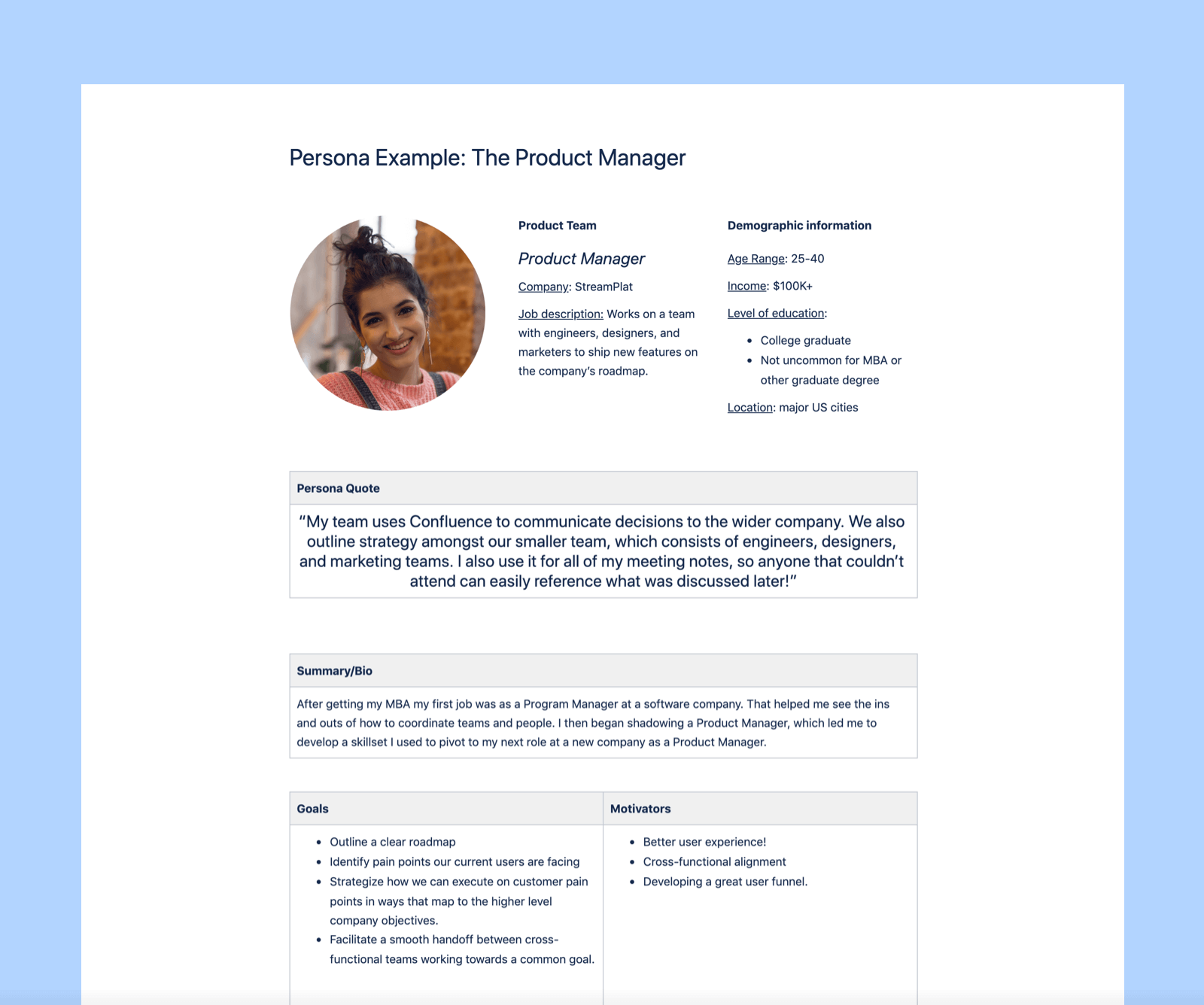How to build and use your buyer persona
As you put together your marketing strategy, there are three key areas of focus:
- Customers — the ultimate decision makers
You’ll want to understand their needs and personalities so you can speak to them in a way that closes the deal. - Company — your brand and resources
You’ll need to consider what’s unique about your brand and also decide who on your team gets input, who makes decisions, and what you can accomplish with your budget and timeline. - Competitors — companies with similar goods or services
You’ll want to set yourself apart from other offerings in your market and take note of best practices in your industry.
Let's start at the top, with the people you want to turn into customers. By creating buyer personas, you solidify your strategy for moving them along the marketing funnel toward a purchase.
Personas have been around for ages, and they're easy to skip in the rush to get launched. But truth be told, they've stuck around because they play a role in campaign success.
Personas help marketers, product developers and CMOs put a face to the people they often can’t see. Personas often help to:
- See gaps in the buyer journey
- Ask questions from a specific point of view
- Shed some light on the problems their buyers’ face
The trouble is, getting internal consensus on who exactly your buyer is can be a daunting task.
Here’s how you can gather data, customer research, and the expertise of your team to build smart, specific, and data-driven buyer personas.




 Whittle down the number of buyer personas: between 4 and 7 is usually a good range.
Whittle down the number of buyer personas: between 4 and 7 is usually a good range. Post the personas where you and other stakeholders can see them (some companies keep them posted in the bathrooms!).
Post the personas where you and other stakeholders can see them (some companies keep them posted in the bathrooms!).